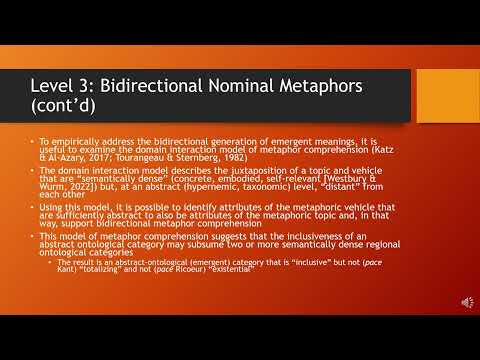 Speaker: Don Kuiken, PhD @Donald_Kuiken
Speaker: Don Kuiken, PhD @Donald_Kuiken
 Affiliation: Department of Psychology, University of Alberta
Affiliation: Department of Psychology, University of Alberta
Title: Letting go of the Global Foregrounding-Defamiliarization Model
Abstract: Foregrounding is a key term in the empirical study of literature, yet its conceptualization, measurement, and boundaries remain debated. In this symposium series, we present fresh approaches and perspectives from esteemed scholars and emerging researchers, sparking new discussions. The present symposium explores the concept of foregrounding and its broader implications. Together, we’ll examine its societal vitality through economics, unravel its intricate theoretical dimensions, and connect it to the profound educational ideal of Mündigkeit. These three presentations promise to challenge, inspire, and deepen our understanding of this multifaceted phenomenon.

 Long abstract
Long abstract
Foregrounding (van Peer, et al., 2023) is a set of stylistic deviations from linguistic norms (including parallels and repetitions) that initiates an array of immediate defamiliarizing effects (including perplexity, strikingness, pleasure). These immediate effects, in turn, mediate a broad collection of reading outcomes (including appreciation, absorption, self-transformation).
The scope of this theoretical framework is daunting. The “set of stylistic deviations” that arguably identifies foregrounding has not been subjected to systematic classificatory study (e.g., using cluster analysis to identify subsets of deviant linguistic structures). Also, the “array of immediate…effects” that constitute defamiliarization has not been subjected to rigorous dimensional analysis (e.g., using multivariate procedures to identify factorially independent dimensions). Moreover, the “broad collection of reading outcomes” completes a theoretical web that would elude even the most complex structural equation model.
Rather than trying to clarify this framework, it may be useful to reconsider its scope. One alternative would be to:
• Identify subsets of linguistic structures that afford or present cross-domain resemblances (e.g., metaphoric “equivalences”; Jakobson, 1960);
• Assess the immediate effects of these structures (e.g., detection of semantic resonance, unidirectional vehicle-topic mapping, bidirectional vehicle-topic mappings; Kuiken et al., in preparation); and
• Assess the global outcomes that are mediated by the preceding immediate effects (e.g., extended metaphors, metaphors of personal identification; Kuiken et al., in preparation).
In addition to directly metaphoric cross-domain resemblances, some indirect (quasi-metaphoric) structures depend upon readers’ construal to exert their metaphoric effect. Also, some quasi-metaphoric structures not only juxtapose potentially metaphoric topics and vehicles; their modes of juxtaposition are themselves considered foregrounding (e.g., recurrent intonation patterns [Lea et al., 2008], enjambment [van’t Jagt et al., 2014]). Finally, an enterprise analogous to the one just outlined might well address the linguistic structures that afford or present explanatory relations between temporal intervals and the viewpoints that frame them (Kuiken, 2022).

